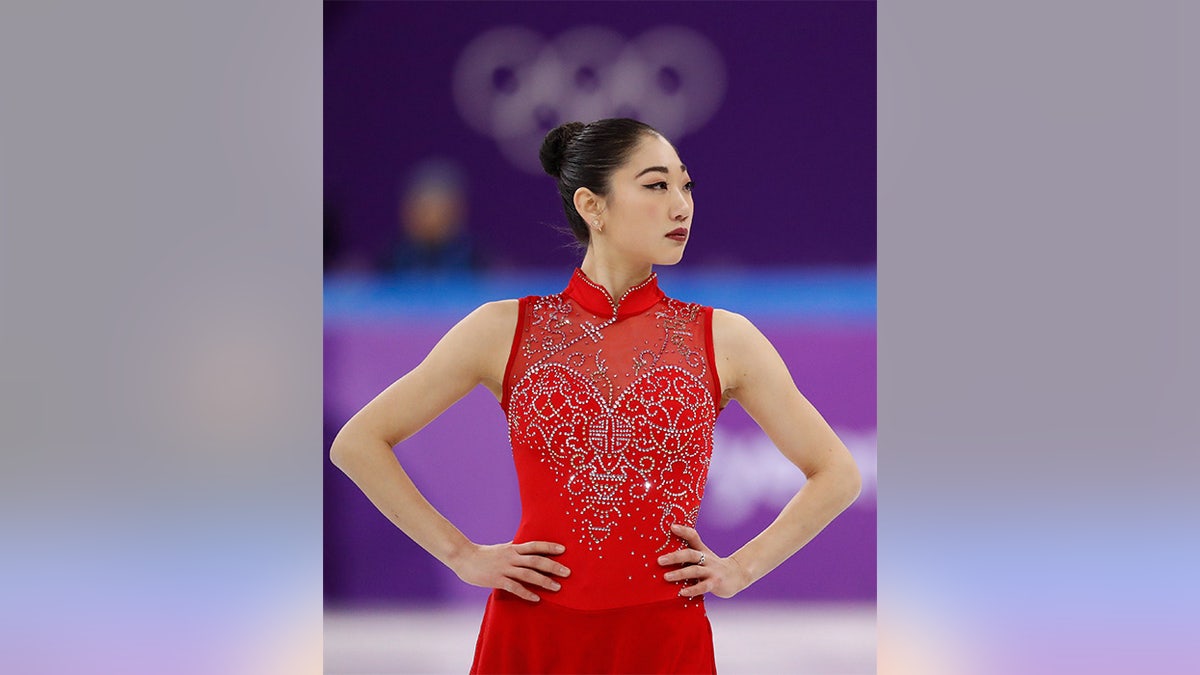
Designers says there's a whole lot of rules to what Olympians can wear on and off the ice. (Reuters)
This past Tuesday, US figure skater Mirai Nagasu made history. So did a woman named Pat Pearsall.
You might already be familiar with Nagasu: The American skater’s unprecedented triple axel — and fist-pumping, whooping celebration — earned her a top trending spot on Twitter that night. Everyone cheered for the 24-year-old in the ruby-red dress.
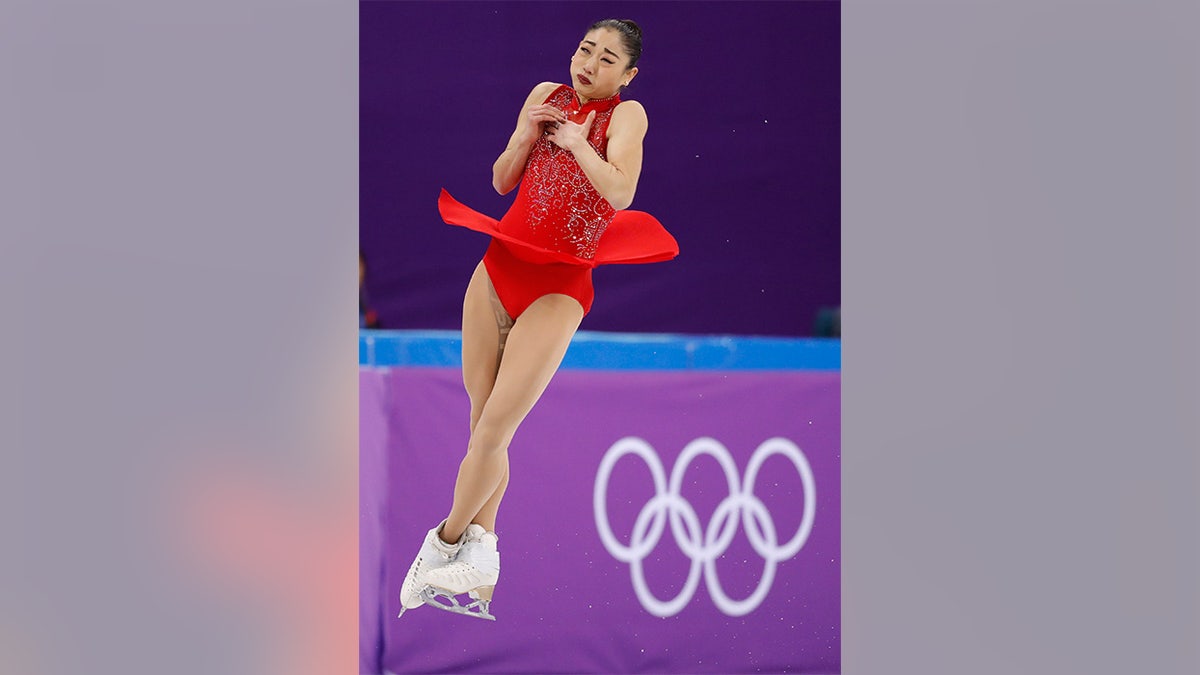
US figure skater Mirai Nagasu made history in a ruby red dress. (Reuters)
As for Pearsall? Well, she’s the designer to thank for that now-famous costume — and, in a tiny way, for making sure Nagasu nailed that momentous jump.
“With a triple axel in her program, Mirai didn’t want anything weighing her down,” Pearsall tells The Post. “Every stone on a dress, every drop of glue adds up.” So Pearsall, who modeled the look after Halle Berry’s slinky scarlet gown in the James Bond movie “Die Another Day,” exercised some serious sparkle restraint. Whereas a standard skate dress may boast some 5,000 crystals (usually Swarovski), Nagasu’s shimmers with a modest 2,200-ish.
In figure skating, the right costume can make or break a performance. A wardrobe malfunction can trigger a fall or make executing certain jumps and spins difficult, while a dazzling, well-engineered ensemble supports even the trickiest move — and can turn an athlete into an icon.
“The last thing you ever want to do as a designer is do anything to the dress that would affect the skate,” says Pearsall, who’s dressed top toe-pickers for 20 years.
SOME TEAM USA WOMEN SAY THEY’D COMPETE IN #METOO BLACK AT OLYMPICS
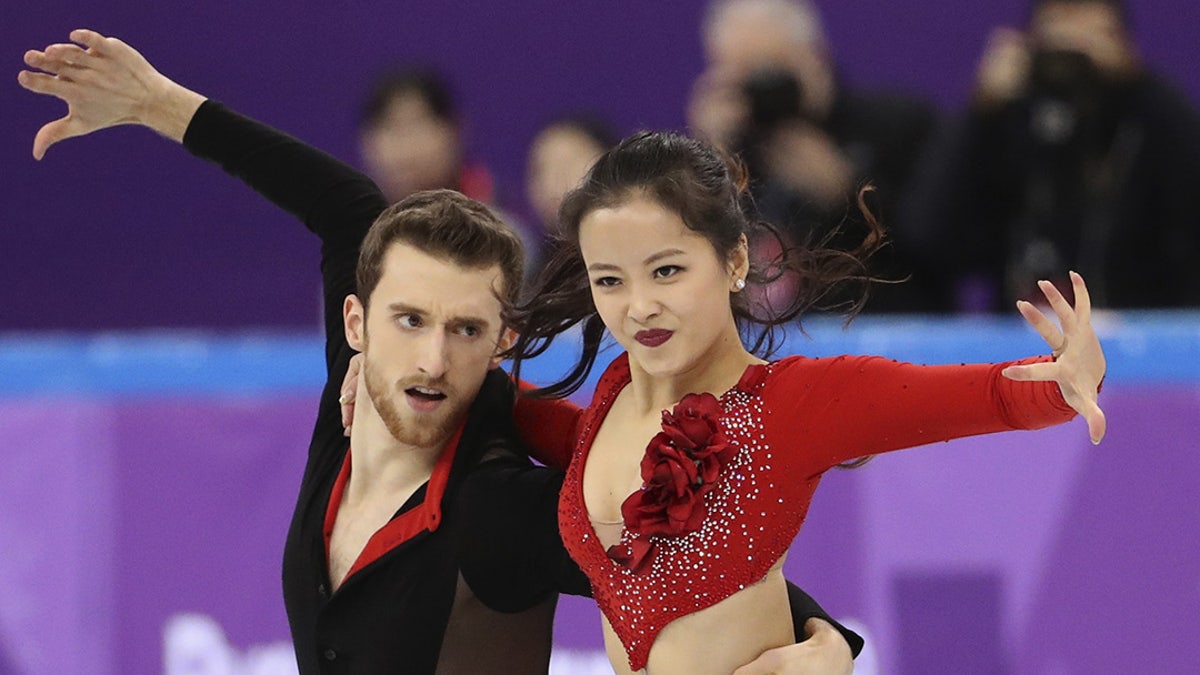
Min Yu-ra and Alexander Gamelin of South Korea compete in a performance in which her top nearly came off. (Reuters)
She was horrified when South Korean skater Yura Min almost found herself topless on television during last week’s team skate, after a hook came undone. “When I’m doing closures on a dress, I sew and knot, sew and knot, sew and knot,” Pearsall says. “It’s redundant, but you have to go overboard. I mean, that thing’s not coming off.”
Cloth, too, must be chosen wisely, to allow skaters a full range of motion. “I work with all stretch fabrics, with Lycra in them,” Gail Johnson, who designed Olympian Bradie Tennell’s dresses, tells The Post. They provide the best mobility, and they’re “durable,” she explains. Meanwhile, Lisa McKinnon, whose Olympic-athlete clients include Vincent Zhou, pairs skaters Chris and Alexa Knierim and the ice-dancing Shibutani siblings, is open to nonstretch fabrics — but only if they’re used in the right way.
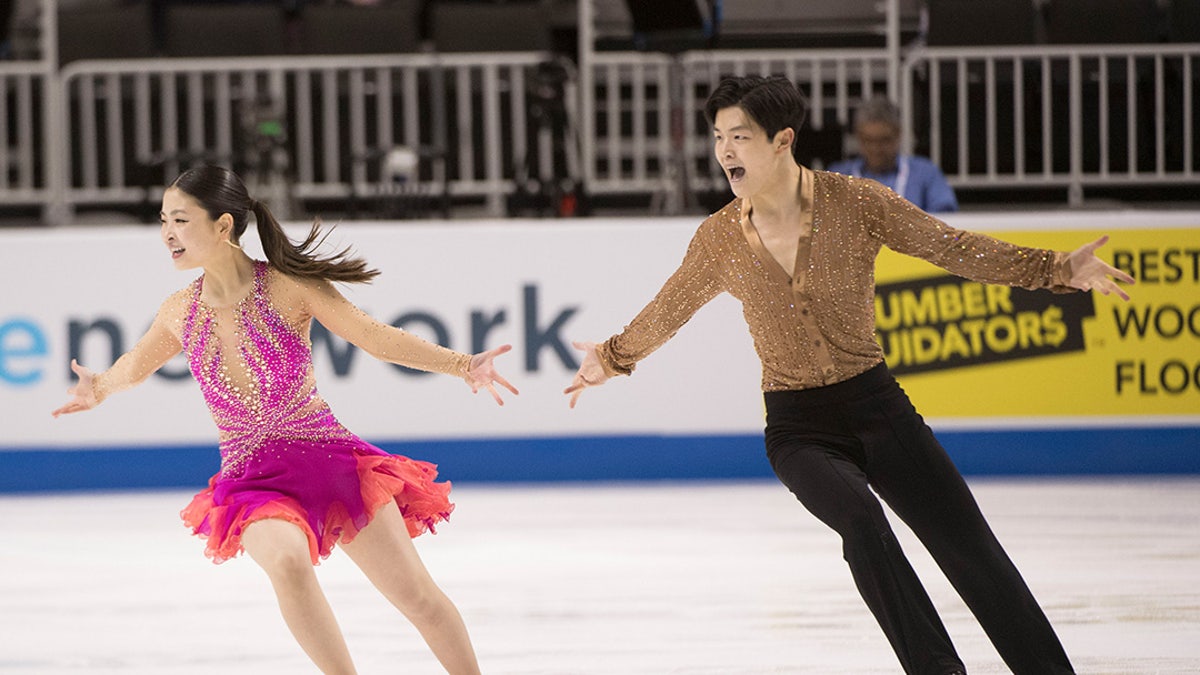
Fan favorites Maia and Alex Shibutani are a sibling act. (Reuters)
“I chose chiffon for [Maia Shibutani’s] short-program skirt because it gives a nice, full look,” which was ideal for their lively Latin-dance number, “but it’s not heavy,” she tells The Post. “She can’t have it swinging her around while she does her twizzles.”
There’s also a dress code to consider. The International Skating Union, one of the sport’s most important governing bodies, sets the terms for Olympic costumes. The rules have changed over time — for example, in 2006, women were granted the right to forgo traditional dresses for trousers and skirtless unitards — but the guiding mandate is that athletes look “modest, dignified and appropriate.”
FOLLOW US ON FACEBOOK FOR MORE FOX LIFESTYLE NEWS
Essentially, Pearsall says, judges are concerned about skaters looking “too naked” on the ice. (“It makes sense,” she adds. “They’re often quite young.”) To that end, 50 percent of a performer’s upper body has to be covered during their programs — and flesh-toned mesh, used by almost all designers, doesn’t count toward that.
Even when designers do check all the boxes, that doesn’t necessarily mean a look will pass muster with judges.
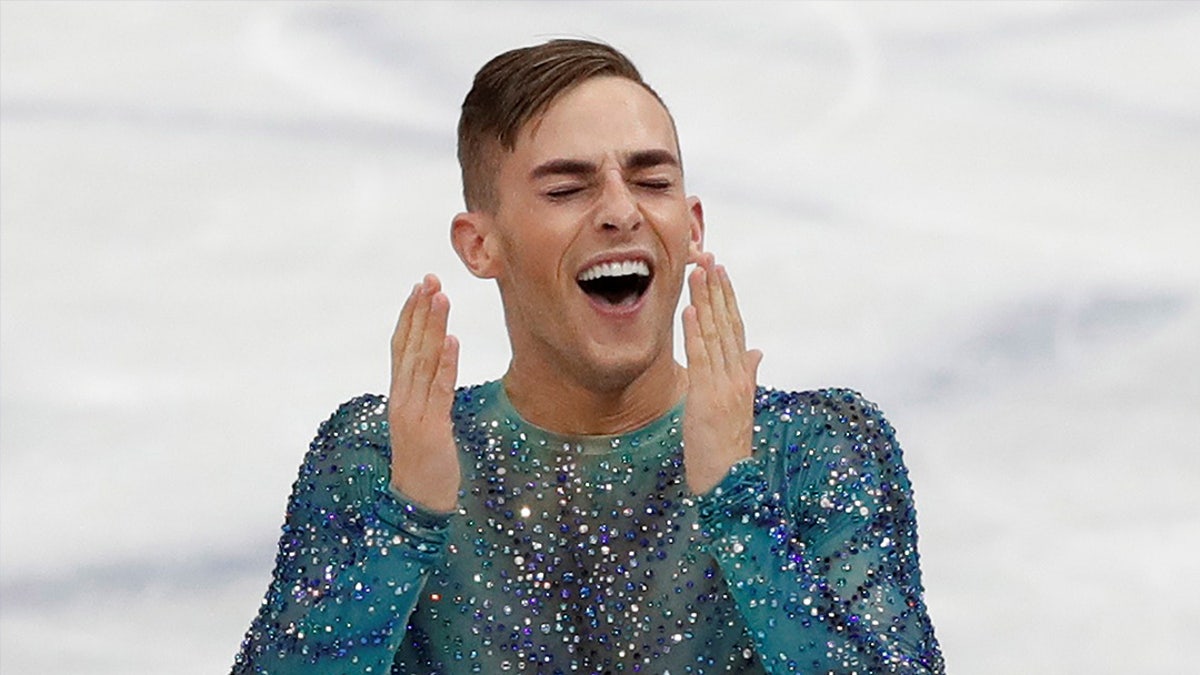
“There are rules, and then there are unwritten rules,” Braden Overett, the designer behind Adam Rippon’s Olympic looks. (Reuters)
“There are rules, and then there are unwritten rules,” Braden Overett, the designer behind Adam Rippon’s Olympic looks, tells The Post. “When you’re an A-list skater, you’re essentially representing the entire sport on behalf of your country, to the world, so there are a lot of systems of feedback in place.”
Overett, who was a competitive skater himself, says that there’s an informal review process before major competitions such as the Olympics, during which judges communicate their preferences. Although judges “don’t mandate” what you can and cannot wear, it’s not something to be taken lightly, either, he says. (He killed a sleeveless top for Rippon a few seasons ago because he heard that judges weren’t feeling it.)
“You can’t please everyone,” he says, “but this sport is about putting yourself together in the best way possible, to do the best you can for the best result.”
